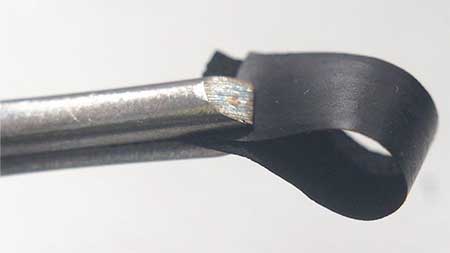
Tuesday, May 15, 2018
Making carbon nanotubes as usable as common plastics
Cresols disperse carbon nanotubes at unprecedentedly high concentrations.
Flowing cells in a wavy microchannel for effective size-based cell sorting
Researchers have developed a precise microscale manipulation method by rapidly flowing cell suspensions through a specially designed microchannel. This novel microfluidic device enables high-throughput sized-based cell sorting of a large amount of biological samples, which has broad applications in practical biomedical research and pharmaceutical fields.
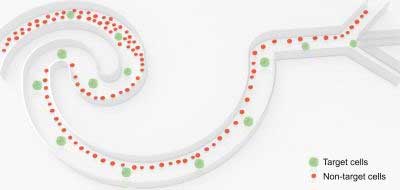
A new method for studying semiconductor nanoparticles has been tested
Researchers have applied a new method to study nanoparticles made of cadmium telluride. They used a peculiar feature of this compound: its interaction with light differs depending on the magnetic field.
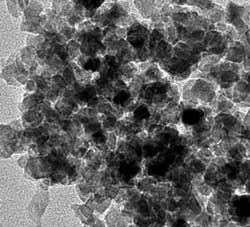
Team achieves two-electron chemical reactions using light energy, gold
Scientists are one step closer to building a carbon-recycling system that can harvest solar energy to efficiently convert CO2 and water into liquid fuels. By optimizing many parts of the system, the researchers say, they can now drive two-electron chemical reactions, a substantial advance over one-electron reactions, which are energy inefficient.
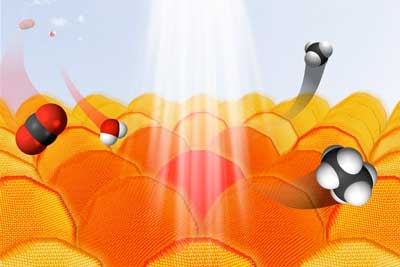
Accumulating over time, even low concentrations of nanosilver can foil wastewater treatment
Research has shed new light on how an increasingly common consumer product component - silver nanoparticles - can potentially interfere with the treatment of wastewater.
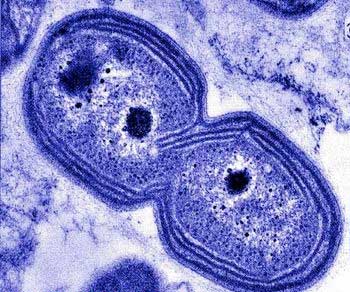
Hanging by a nanowhisker
Nanoscale imaging techniques reveal factors that could short out next-generation lithium batteries.
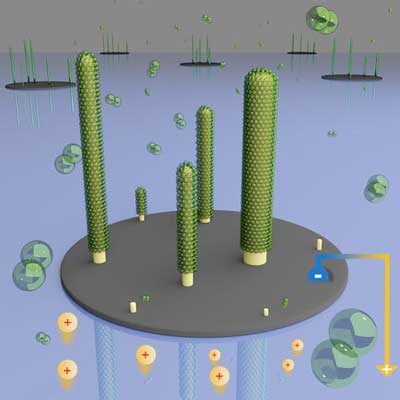
Subscribe to:
Comments (Atom)
